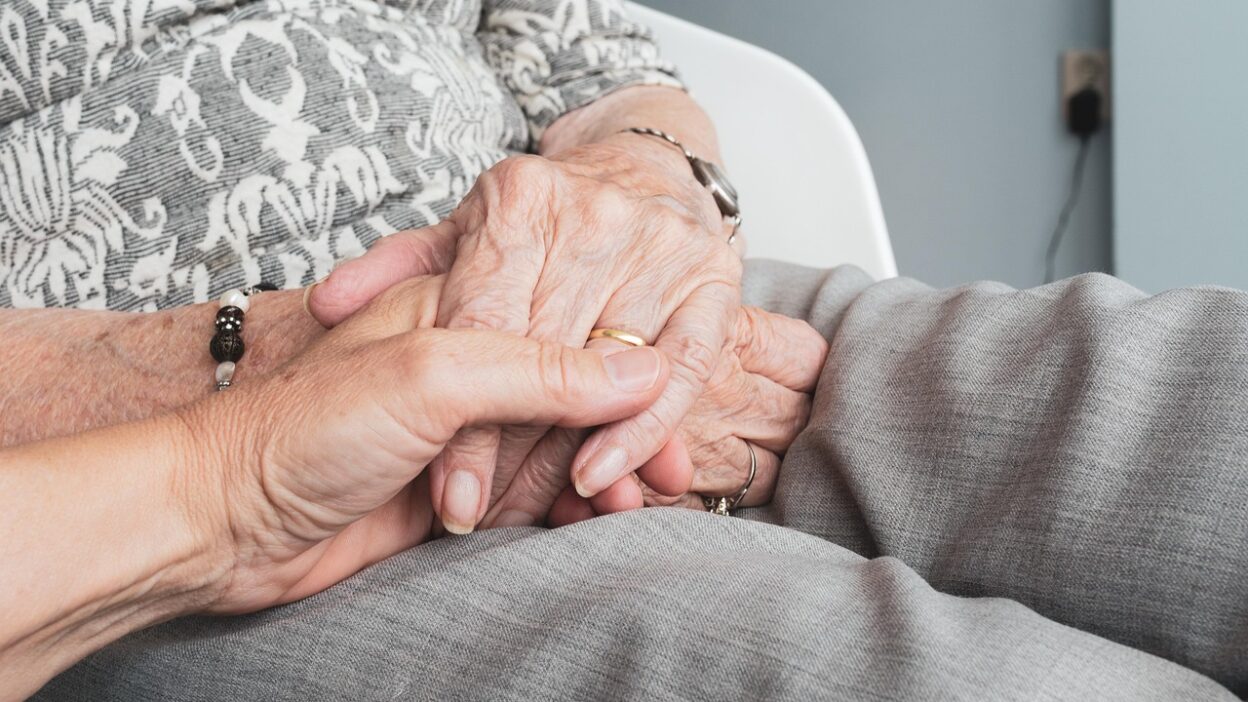Meals in senior living communities are more than opportunities to eat. Residents look forward to the meals because they know they will be served delicious food without the hassle of preparing it or cleaning up afterward. They can focus on interacting with their peers and enjoying life. Each meal is at a time to nurture the residents’ physical and mental health.
The Role of the Chef
A senior living community must carefully choose its head chef. This individual is responsible for creating menus that cater to each resident’s dietary needs, allowing them to enjoy their meals and feel a sense of belonging. Outstanding culinary experiences in the community leave residents joyful and fulfilled.
The Heart of the Community
People refer to the kitchen as the heart of a home. The same holds for a senior living community. Residents plan their days around these meals, which are planned and prepared to improve their well-being. They enjoy the atmosphere and savor the flavors of the delicious foods coming from this room. The physical and emotional health of community residents directly correlates with the quality of the food services and their dining experiences.
Chefs strive to create a dining experience that is multi-sensory and emotionally engaging for the diner. Sensory stimulation and emotional health are closely linked. Pleasing sensory experiences elevate the residents’ well-being. For example, the chef may plan a meal that includes seasonal variations, allowing residents to take pleasure in the changing weather. They might also prepare a celebratory meal for a community event. Doing so benefits the residents’ health.
They also take into consideration the neuropsychology of plating. The visual presentation of food has a significant impact on the human brain. People view balanced plates as more aesthetically pleasing and, therefore, are more likely to eat what is in front of them. Their emotional well-being improves when the food is presented attractively, and they are more satisfied with their meals. The meal becomes a celebratory event rather than a necessity in life.
Elevating the Dining Experience
Chefs in senior living communities may branch out and try new things to keep residents engaged. Sous-vide cooking techniques may be used one night, or the chef might turn to molecular gastronomy techniques, such as transforming a liquid into a foam, so residents want to explore the new dishes and see how the food differs from what they are already familiar with. These techniques take the meals to new heights.
Personal Interactions
Chefs do more than plan and prepare meals. They also engage with the residents to learn more about what they like and dislike. The chef may ask about favorite dishes and family recipes and incorporate them into future meals. For example, the chef may receive a family recipe from a resident and prepare this item for their birthday or another special occasion. They may also make this recipe a part of the regular rotation because it is a hit with the residents. Interacting with the residents allows the chef to add a personal touch to each meal.
Meals are an important component of the senior living experience. Dining options significantly impact the happiness and well-being of community residents. Chefs and community managers must recognize this and ensure each meal is a multi-faceted experience. When researching communities for a loved one, families should speak with the chef at each community and ask how they make meals special. However, be prepared. Chefs often love to talk about their work, and these conversations could last longer than the family imagined possible.



